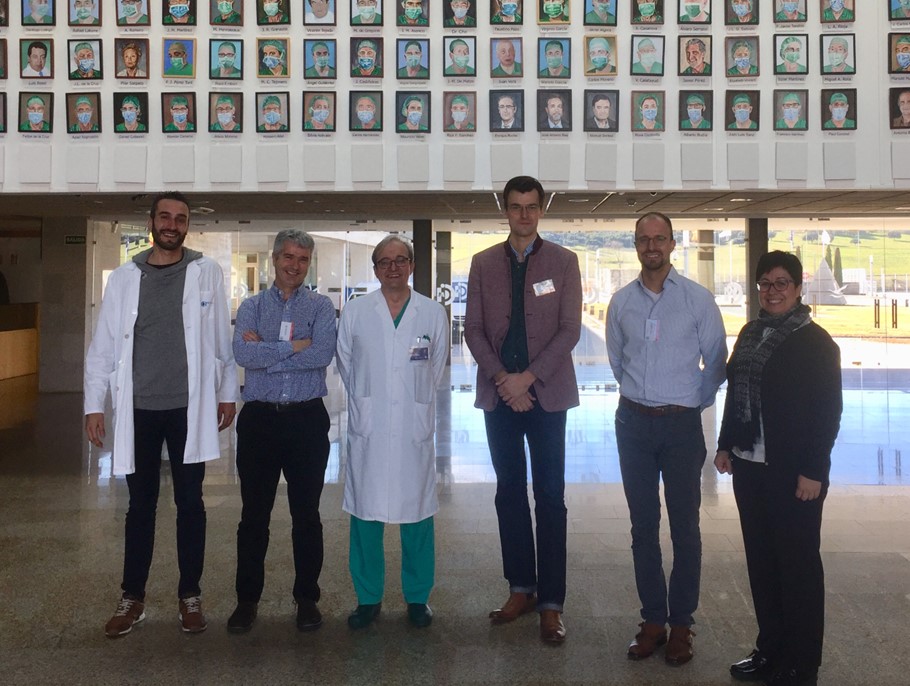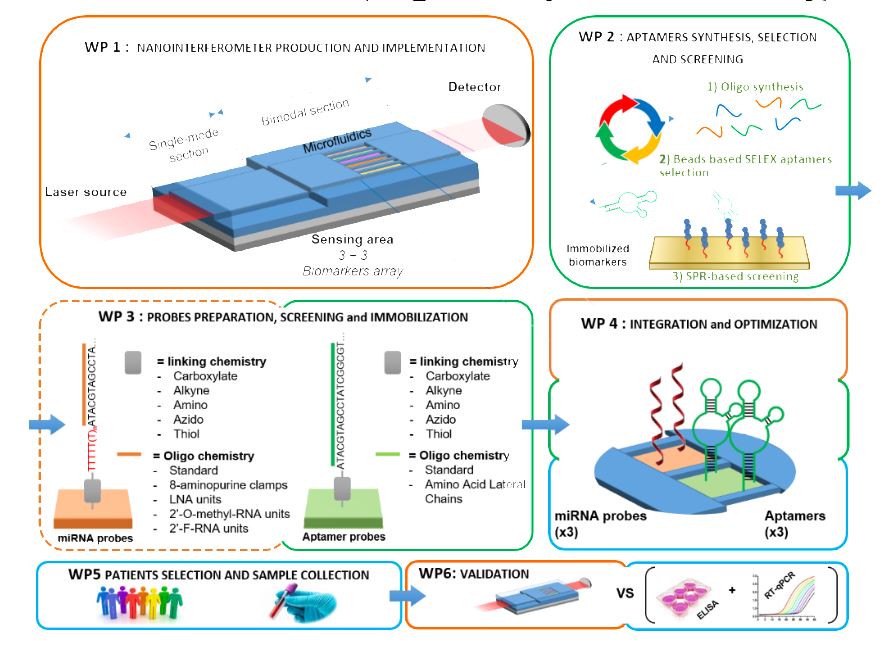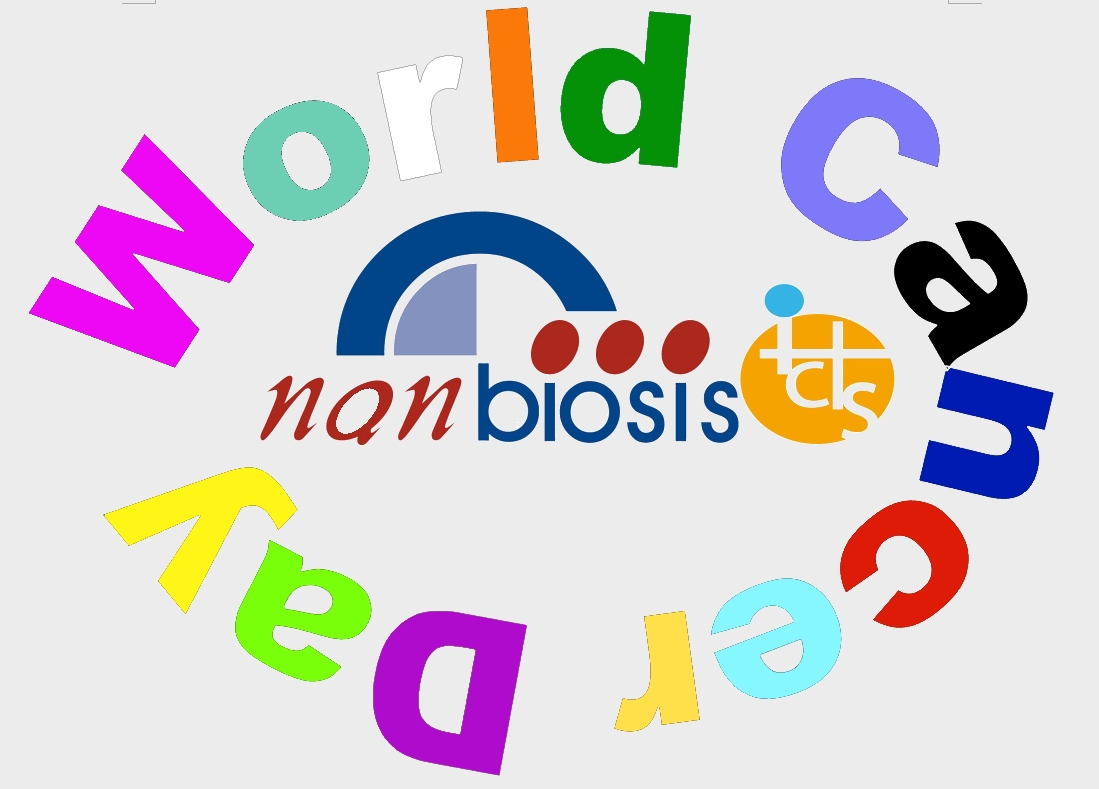U28-S07. Transmission Electron Microscopy (TEM)
Transmission Electron Microscopy (TEM)
The Electron Microscopy Service offers access to transmission electron microscopy (TEM), cryo-TEM and electron tomography, high resolution scanning electron microscopy (SEM), and environmental SEM. A special emphasis has been made on high-end sample preparation techniques through cryo-immobilization. All the equipment has been configured to provide its best for biological and nanomedicine applications.
Customer benefits
We have SOPs and ISO9001 certification. We also have specialist technicians for the use of the equipment.
This service is essential to:
- Cellular characterization: cell structures and ultrastructures visualization and its relationship to function are the most important contributions of EM to cell biology.
- Tissue characterization: electron microscopy has a role in the characterization of interactions between cells and with other components inside tissues.
- Biomaterials characterization: electron microscopy plays a double role in biomaterial characterization On one hand, it provides structural and compositional information on the materials engineered to be used inside biological systems, favouring its development On the other hand, it allows us to visualize their interactions Functionalized polymeric and metallic nanoparticles for drug delivery, dental implants, bone plates and cements, and artificial tissues are among the biomaterials that can benefit from the information provided by EM.
- Macromolecular complexes characterization: structural biology can benefit from electron microscopy to determine 3D structures of macromolecular complexes.
- Negative staining is also a very valuable tool for 2D-3D characterization.
Target customer
Any company or research group interested in:
- Transmission electron microscopy of resin-embedded and non-embedded samples.
- Cryo-fixation of samples at high pressure (High-Pressure Freezing).
- Resin embedding of samples at room temperature (conventional) or low temperature (freeze-substitution) for ultramicrotomy.
- Ultramicrotomy of resin-embedded sections (semithin and ultrathin sections).
- Data and image processing.
- Technical advice for users regarding the selection of protocols and procedures for experiments involving electron microscopy.
References
- Gómez-González E, González-Mancebo D, Núñez NO, Caro C, García-Martín ML, Becerro AI, Ocaña M. Lanthanide vanadate-based trimodal probes for near-infrared luminescent bioimaging, high-field magnetic resonance imaging, and X-ray computed tomography. J Colloid Interface Sci. 2023 Sep 15;646:721-731. doi: 10.1016/j.jcis.2023.05.078. Epub 2023 May 18. PMID: 37229990.
- Caro C, Guzzi C, Moral-Sánchez I, Urbano-Gámez JD, Beltrán AM, García-Martín ML. Smart Design of ZnFe and ZnFe@Fe Nanoparticles for MRI-Tracked Magnetic Hyperthermia Therapy: Challenging Classical Theories of Nanoparticles Growth and Nanomagnetism. Adv Healthc Mater. 2024 Feb 2:e2304044. doi: 10.1002/adhm.202304044. Epub ahead of print. PMID: 38303644.











